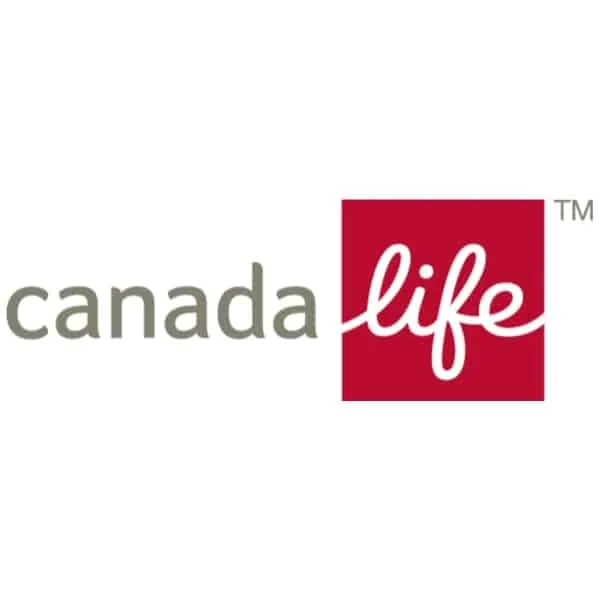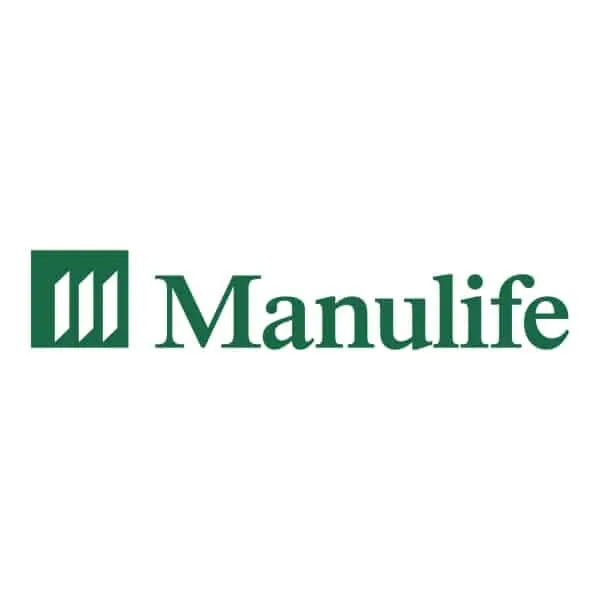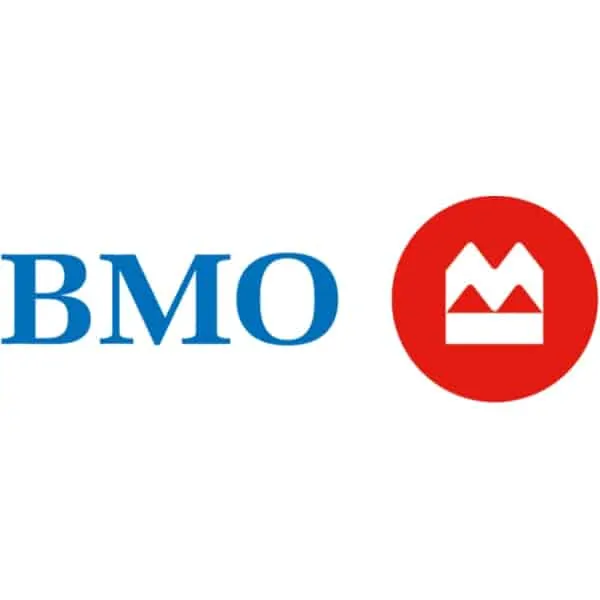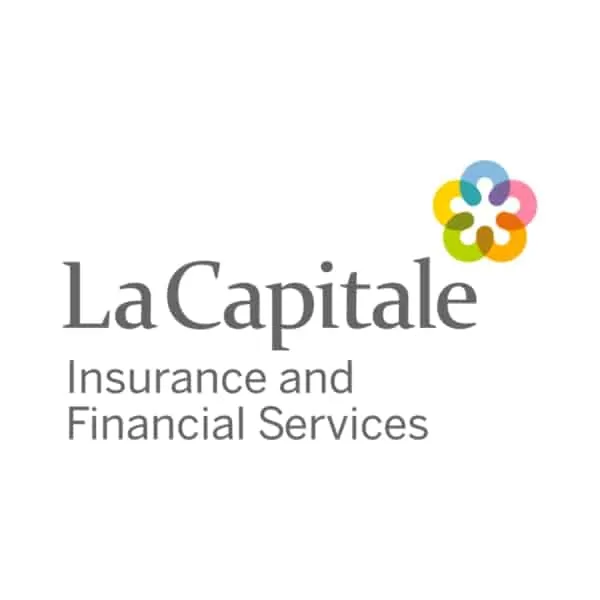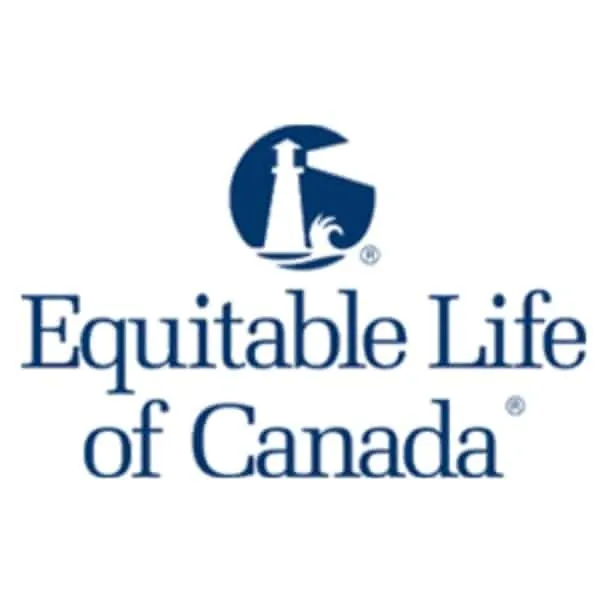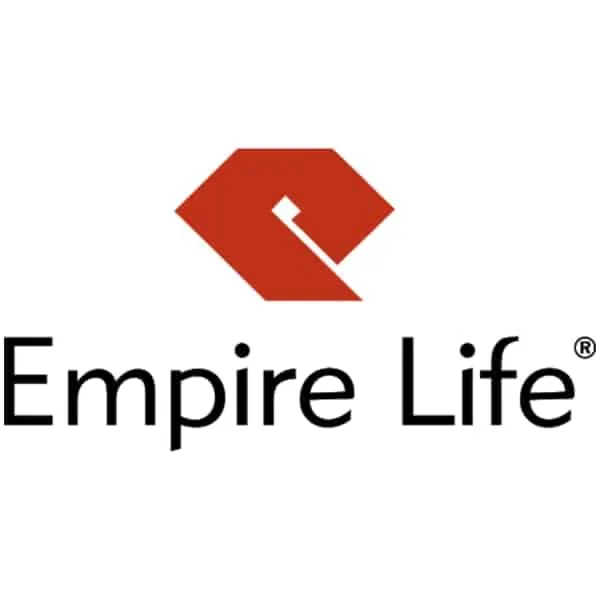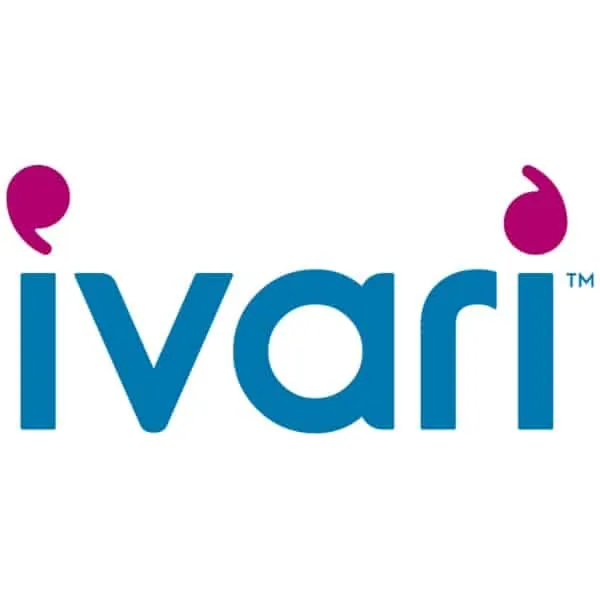Simple Responsible Financial Solutions
Providing the BEST financial services and products to suit your needs.

Build a Better Financial Future
- Dream
- Plan
- Enjoy
Qualify in one day
Quick Seamless qualification with only 3 pieces of information - Easy as 1-2-3
Easy Process
Application process couldn't be easier. All done on line at your convenience on the go or in the comfort of your home
Minimum Paperwork
Access to the Top 20 Life Insurance companies in Canada - I will find the best one for you.

Providing the best financial services and products to suit your needs.
We’ve got you covered from auto, life, renters, and homeowners insurance to health insurance, pet insurance, and personal articles policies.
How it works
Whether you are renewing your policy, looking to bundle coverage, or getting a new policy, our Toronto insurance brokers can help. Compare the best quotes in 3 minutes or less and get insured!
Select Desired Type of Insurance
Select the type of insurance to best suite your needs.
Compare Quotes
Get quotes from the top insurance providers.
Choose your Rate
Choose the best rate and coverage and get your policy.
Carla helped me change my mindset about my financial situation post-divorce.
The budget worksheet exercise and discussions were not daunting/overwhelming as she helps you drill down to see where your money is going.
Carla is down-to-earth and you do not feel scolded or judged for your financial choices/health to date. She has a genuity about her approach and she wants your money to work for you and suggested multiple source(s) to put my money to work without me sacrificing the things that I love such as travelling.
— L James

FAQ
Most frequent questions and answers
It’s important to save early and save often if you want to make the most of life’s opportunities and retire with confidence.
- Compound growth can give your savings a big boost
When you invest your money, you have the added benefit of compound growth. With compound interest, you are earning interest on interest – you earn interest on your original and following investment payments, plus on all the interest that has built up from the initial contribution. This gives you a larger balance to earn future interest on, leading to even bigger returns.
- You can weather unexpected market events
Market downturns are normal occurrences, which is why its so important to save early. It means that if the markets take a downturn, you have time to make up for it.
- It pays to be prepared
Being prepared is always a good idea. You just never know when something will come along to change your financial outlook. From an unexpected career change to last-minute vacation opportunities, life always brings surprises.
- You’re setting a good example
By the time they’re in their late 20s or early 30s, many Canadians are parents to young children. And one of the best lessons young parents can give to their children is sensible financial management.
Mutual funds let investors pool their money together in a fund that’s managed by a qualified investment firm. It’s a process that diversifies your investments, potentially limiting your exposure to market fluctuations. For many people, it’s a very attractive investment option because it’s cost-effective and can be customized to your unique risk tolerance.
A segregated fund policy is similar – like mutual funds, there’s a pooling of investments. But unlike mutual funds, a segregated fund policy includes insurance guarantees that can protect much or even all your original investment. They allow you to name a beneficiary which means money can be paid directly to a named beneficiary upon death – bypassing probate fees.
Withdrawals from an RRSP
If you make a withdrawal from an RRSP, You will not retain this contribution room, and income tax will be paid at the time of withdrawal. Taxes may be higher at this point rather than at retirement age.
Generally, early withdrawals from an RRSP are not recommended because it means you’re losing the opportunity to save for retirement on a tax-deferred basis. There are a few exceptions though:
Home Buyers’ Plan (HBP)
First-time home buyers can use the HBP to withdraw up to $25,000 tax free from an RRSP to put towards the purchase of a qualifying home.
First-time means that in a four-year period, you didn’t live in a home that you or your current spouse or common-law partner owned.
You may be considered a first-time home buyer again in the future once the four-year period has passed.
Any amount withdrawn under the HBP must be re-contributed to the RRSP. Generally, you have up to 15 years to re-contribute your HBP withdrawal, with payments starting the second year after you withdrew funds. You can repay the entire amount any time.
2. Lifelong Learning Plan (LLP)
The LLP is an interest-free loan from your RRSPs to finance full-time training or education for you, your spouse or common-law partner.
You can withdraw up to $10,000 per calendar year, to a total of $20,000.
If you withdraw more than the annual or total LLP limit, the extra will be included in your income for the year you go over the LLP limit.
You have up to 10 years to re-contribute any withdrawals. Generally, 10 per cent of the withdrawal is due each year until it has been repaid fully. You can repay the full amount any time.
Factors which determine how much life insurance you might need include:
- the amount of your debts,
- any final expenses and estate taxes that will be owing on your death,
- the current and future care and education costs for your children, and
- the income your family relies on to maintain its lifestyle.
If you have debts – or people who depend on you financially – you likely need life insurance.
Life insurance can help your family maintain their lifestyle if you were to die unexpectedly. The tax-free life insurance payment that is made upon your death can be used to:
- replace some or all of your income,
- repay debts or continue debt repayments on mortgages, loans and credit cards,
- pay for child care and any current or future education costs for your children, and
- cover your funeral and estate costs, such as probate fees and capital gains taxes that may be due on death.
2 questions to ask yourself
- If you are a main or co-breadwinner, will your family still have the money they need to cover day-to-day expenses if your income is lost?
- If you are a full-time caregiver, will your family be able cover the cost of child care if you’re gone?
Term life insurance
Term life insurance is a lower-cost product that protects you for a set period of time, like 10 or 20 years. When that time’s up, your coverage is renewed at a higher cost if you don’t cancel your coverage. You can also convert it to permanent life insurance without having to answer questions about your health.
It also has a lower initial cost than permanent life insurance, and it’s a popular way for those just starting out to protect themselves and their families. Think of it as renting.
Term life insurance is usually less expensive than permanent life insurance, so you may be able to purchase more coverage.
Permanent life insurance
Participating life insurance, sometimes called permanent life insurance, gives you lifelong insurance coverage as long as you pay your premiums.
It’s called participating life insurance because the premiums you pay for your coverage, along with premiums from other participating life insurance policyowners, go into a participating account. The insurance company’s professional investment team manages this account, investing to increase its value, called the cash value.
Universal life insurance
Like participating life insurance, universal life insurance is permanent, meaning it lasts the rest of your life – as long as you pay the premiums. Universal life insurance combines the advantages of a permanent, lifelong policy with a tax-advantaged investment component.
So, what may make universal life insurance right for you today? The short answer: flexibility. This kind of insurance typically lets you to select your preferred premium schedule, the amount you want to pay (within limits) and an investment mix that matches your unique risk profile.
Term life insurance is the lower cost option in the short term. But while participating and universal life insurance tend to be more expensive initially, the growth potential of the cash value of these types of policies could make them better value in the long run.
Not answered above?
Companies I represent from the Life and Financial Services Industry
